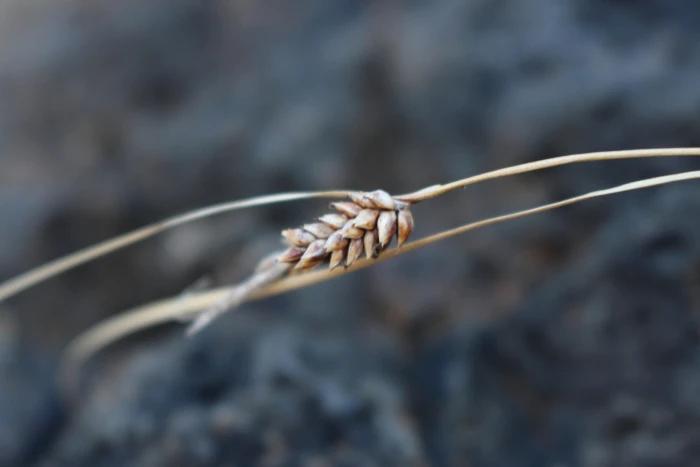Sea Sedge
(Carex litorosa)
Sea Sedge (Carex litorosa)
/
/

Joe Potter Butler
CC BY 4.0
Image By:
Joe Potter Butler
Recorded By:
Copyright:
CC BY 4.0
Copyright Notice:
Photo by: Joe Potter Butler | License Type: CC BY 4.0 | License URL: http://creativecommons.org/licenses/by/4.0/ | Rights Holder: Joe Potter Butler | Publisher: iNaturalist | Date Created: 2019-03-24T12:17:42-07:00 |



















Estimated Native Range
Climate Requirements for Garfield Heights, Ohio
| This Plant | Your Site | Plant Suitability for Your Location | ||
|---|---|---|---|---|
| • Precipitation | 24" - 126" | 38" | Aquatic | Aquatic |
| • High Temp. | 60°F - 77°F | 84°F | Your summers may be too hot for this plant. | Too hot |
| • Low Temp. | 28°F - 46°F | 18°F | Your winter temperatures may be too cold for this plant | Too cold |
This plant should grow well at your location with about N inches per year (Y minutes per month) of irrigation.
Summary
Carex litorosa, commonly known as Sea Sedge, is a deciduous perennial grass native to coastal areas, estuaries, and wetlands of New Zealand. It typically grows to a height and width of 2-3 feet (0.6-0.9 meters), forming dense clumps of narrow, arching green leaves. The plant produces inconspicuous brown flower spikes in late spring to early summer, which are more interesting for their texture than for showy color. Sea Sedge is valued for its ability to stabilize soil and for its use in water purification in its native habitat.
In cultivation, Sea Sedge is appreciated for its ease of maintenance and its tolerance of wet conditions, making it suitable for rain gardens, water features, and as a ground cover in damp areas. It can thrive in full sun to part shade and prefers soils with wet or slow drainage, though it can adapt to drier conditions once established. This sedge is also used in erosion control and as habitat for wildlife. While generally disease-free, it can occasionally suffer from rust or root rot in poorly drained soils.CC BY-SA 4.0
In cultivation, Sea Sedge is appreciated for its ease of maintenance and its tolerance of wet conditions, making it suitable for rain gardens, water features, and as a ground cover in damp areas. It can thrive in full sun to part shade and prefers soils with wet or slow drainage, though it can adapt to drier conditions once established. This sedge is also used in erosion control and as habitat for wildlife. While generally disease-free, it can occasionally suffer from rust or root rot in poorly drained soils.CC BY-SA 4.0
Plant Description
- Plant Type: Grass
- Height: 1.5-2.5 feet
- Width: 1.5-2.5 feet
- Growth Rate: Moderate
- Flower Color: N/A
- Flowering Season: Summer
- Leaf Retention: Deciduous
Growth Requirements
- Sun: Full Sun, Part Shade
- Water: Medium
- Drainage: Wet, Slow
Common Uses
Bird Garden, Deer Resistant, Low Maintenance
Natural Habitat
Coastal areas, estuaries, and wetlands of New Zealand
Other Names
Common Names: Sedge
Scientific Names: Carex litorosa, Carex australis
GBIF Accepted Name: Carex litorosa L.H.Bailey